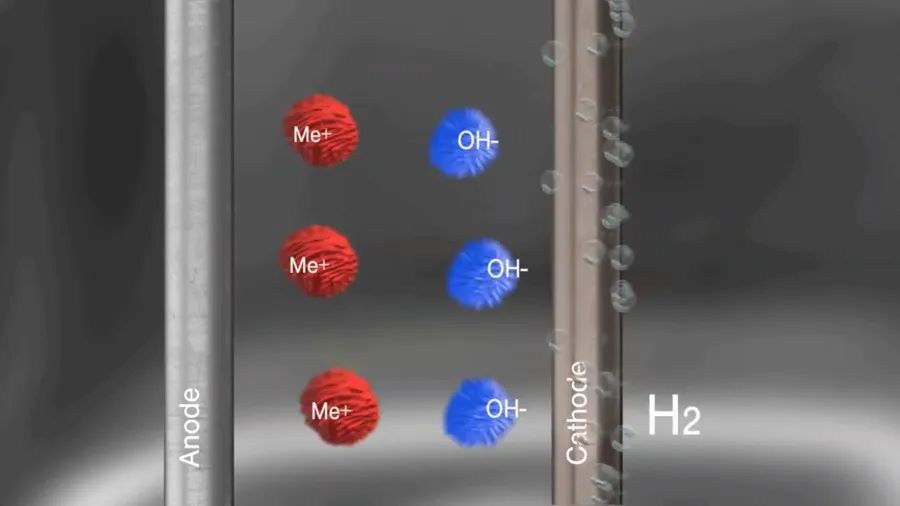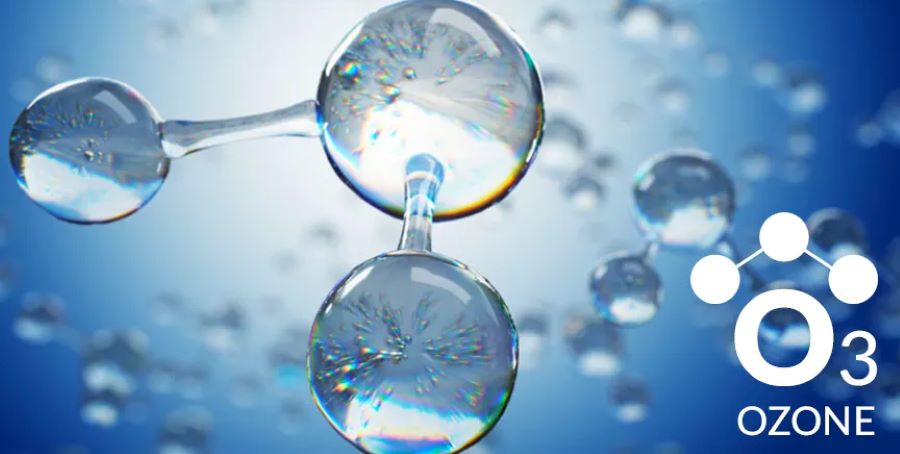Wastewater treatment is one of the key challenges in protecting the environment and ensuring sustainable development. With the increasing pollution of water sources and stricter requirements for water quality, new technologies such as electrochemical treatment, membrane filtration, and ozonation have emerged as advanced and efficient solutions. These technologies not only optimize the wastewater treatment process but also help minimize negative environmental impacts, meeting the growing demand for clean water in both domestic and industrial uses. This article provides an overview of electrochemical, membrane, and ozone-based technologies and highlights their potential applications in addressing today’s wastewater issues.
Electrochemical technology is an advanced method that uses electric current to drive chemical reactions, helping remove pollutants from wastewater. The process often includes techniques such as electrolysis, electrocoagulation, and electro-oxidation, which effectively treat organic compounds, heavy metals, and microorganisms. With its ability to treat wastewater quickly and without toxic chemicals, the electrochemical method is increasingly popular in industrial and municipal wastewater treatment systems.
The main advantages of electrochemical technology lie in its flexibility and ability to adapt to various types of wastewater — from domestic sewage to streams containing persistent pollutants. Moreover, the process can be easily automated and monitored, reducing operating and maintenance costs. However, the technology still faces challenges such as high initial investment costs and technical requirements related to electrode maintenance.

Electrochemical technology is applicable to both industrial and municipal wastewater treatment systems.
Membrane filtration technology uses semi-permeable membranes to remove suspended solids, bacteria, and other pollutants from wastewater. Common membrane types include microfiltration (MF), ultrafiltration (UF), nanofiltration (NF), and reverse osmosis (RO) — each suited for different treatment goals. This technology stands out for producing high-quality effluent that meets stringent water quality standards.
Applying membrane filtration in wastewater treatment achieves excellent removal of ultra-fine particles and dissolved substances that traditional methods struggle to handle. Additionally, it enables water reuse, helping conserve water resources. However, membrane fouling and high replacement costs remain key drawbacks, requiring innovations to improve efficiency and membrane lifespan.

Membrane filtration technology removes suspended solids, bacteria, and other pollutants from wastewater.
Ozone treatment uses ozone gas (O₃) — a powerful oxidizing agent — to decompose organic matter, disinfect, and remove color and odor from wastewater. Ozone reacts rapidly with pollutants, transforming them into harmless compounds, and unlike chlorine-based methods, it leaves no chemical residues. This technology is particularly effective for treating wastewater containing hard-to-degrade organic compounds.
The application of ozone in wastewater treatment offers several benefits, including superior disinfection performance and improved water quality without causing secondary pollution. However, high operating costs and complex technical requirements for ozone generation and control are challenges that must be addressed. Ozone treatment is often combined with other technologies to maximize efficiency and reduce operational costs.

Ozone-based technology decomposes organic matter, disinfects, and removes color and odor in wastewater.
CriteriaElectrochemicalMembrane FiltrationOzone Treatment
Đại Nam, one of Vietnam’s leading environmental solution providers, has actively implemented advanced technologies such as electrochemical treatment, membrane filtration, and ozone systems in its industrial zones and tourism complexes. These efforts not only ensure full compliance with environmental regulations but also contribute to water reuse, pollution reduction, and a greener corporate image.
Key highlights from Đại Nam’s approach include:
Through the integration of these technologies, Đại Nam not only enhances wastewater treatment efficiency but also builds a modern, responsible corporate image. Its communication campaigns across social media, press, and public events have successfully spread the message of environmental protection, gaining strong public support and inspiring other enterprises to follow suit.